Here’s to 30 years of America’s most successful private lands conservation program. Since the Farm Bill of 1985, the Conservation Reserve Program (CRP) has been reducing soil erosion, improving water quality, and establishing wildlife habitat in pheasant country and beyond.
For many wildlife species living in agricultural landscapes, survival depends on the voluntary conservation efforts of farmers, ranchers, and landowners. As the largest private lands conservation program in the nation, CRP has enabled the resurgence of pheasants by providing dedicated, quality habitat among working lands.
According to the United States Department of Agriculture (USDA), CRP is surpassing all expectations and providing numerous benefits to the environment, wildlife and our own health:
- More than 170,000 miles of streams and rivers, along with 300,000 acres of floodplains and wetlands are protected by CRP riparian and grass buffers; thus reducing phosphorous runoff from cropland by 85 percent, nitrogen runoff by 95 percent
- CRP improves air quality by preventing 43 million tons of greenhouses gases annually – the equivalence of removing 8 million cars from the road each year
- CRP combats soil erosion and, to date, has prevented 8 billion tons of soil from leaving farmers’ fields
- Throughout the nation, CRP enrolled lands produce millions of additional pheasants, quail, and other wildlife on grassland, forestland, and wetland conservation practices
CRP originates from the Soil Bank Program of the 1950s, which helped farmers establish permanent vegetative cover to counter soil erosion. During the 1970s, program advocates grew increasingly concerned with continued soil erosion, impaired water quality, in addition to several years of suppressed crop prices. The Farm Bill of 1985 officially established CRP and introduced numerous changes, including extending the landowner’s commitment from three years to anywhere between 10 and 15 years in order to allow vegetation more time to produce desired benefits.
Simultaneously, the early 1980s saw a massive decline in pheasant populations nationwide. In Minnesota, a March 1982 newspaper article regarding the loss of grassland habitat and the subsequent effects on pheasants elicited an immense amount of support for America’s favorite game bird from readers, conservationists and charitable donors. A little over a year later, the first Pheasants Forever banquet was held in St. Paul, where 800 people brought their checkbooks and helped start a grassroots organization that has conserved over 12 million acres of habitat since.
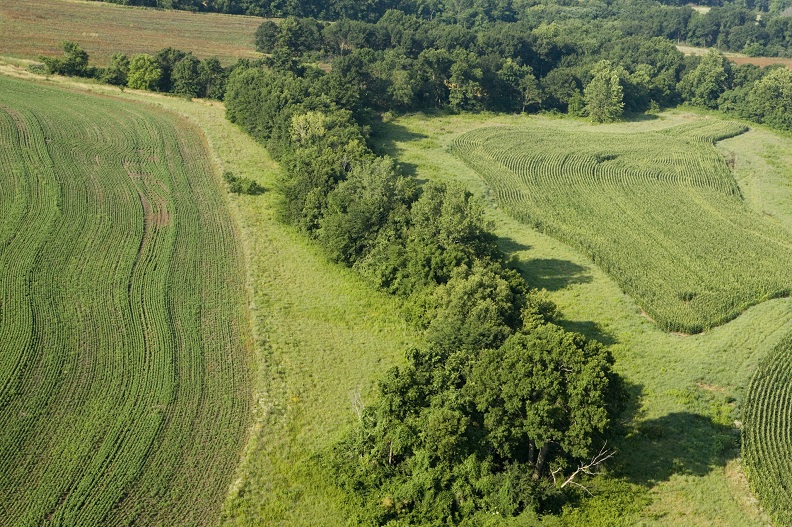
For the past 30 years, Pheasants Forever and CRP have been intertwined through a common mission: the restoration and enhancement of land and water resources for the sake of preserving wildlife. Today, the relationship stands as Pheasants Forever advocating for CRP within the Farm Bill and assisting in the delivery of CRP acres, working closely with the USDA, Farm Service Agency (FSA), and Natural Resources Conservation Service (NRCS), along with numerous other state agency and local partners.
Across the country, more than 120 Pheasants Forever Farm Bill biologists work one-on-one with farmers, ranchers, and landowners to provide technical assistance on private lands in an effort to achieve conservation goals on working lands and farming and ranching operations. Testimonials and success stories continue to grow each year as more participants witness the benefits of CRP.
“We view CRP as one of our top programs to create habitat,” explained Jim Inglis, Pheasants Forever’s director of governmental affairs. In exchange for an annual rental payment, farmers enrolled in CRP agree to remove environmentally sensitive land from agricultural production and plant vegetation that will address natural resource concerns and create wildlife habitat. “FSA and NRCS are the primary agencies in delivering the program,” said Inglis. “State wildlife agencies are also very important partners across the country.”
“Plain and simple, CRP saved pheasant populations in Iowa,” said Iowa upland wildlife research biologist Todd Bogenschutz. “Just prior to CRP in 1985, Iowa pheasant counts hit all-time state record lows. Within a couple of years after CRP started, harvests exceeded 1 million roosters for more than the next decade.”
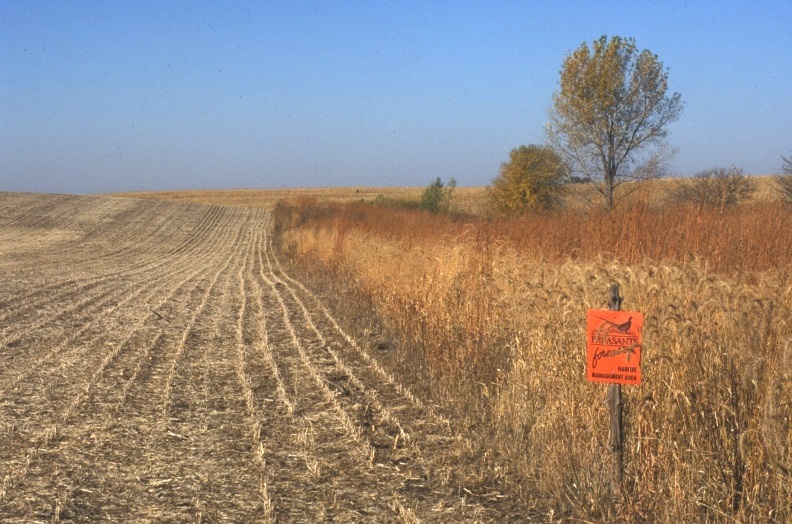
Due to five catastrophic weather years in Iowa (from 2007-2011), pheasant populations dropped to, once again, all-time lows. “If CRP had not been on the landscape during this period, pheasants would have almost been extirpated from Iowa,” said Bogenschutz. With more favorable weather and CRP, Iowa pheasant populations have bounced back in the past three years. This year, the state will likely see their highest rooster harvest in almost a decade.
“CRP has been successful because of its scale and scope,” said Bogenschutz. “One year of CRP rental payments in Iowa costs the USDA approximately $270 million. To put that figure in perspective, the entire Fiscal Year 2013 budget for the Iowa DNR Wildlife Bureau was $15 million. Remember CRP contracts are a 10 or 15 year agreement, so the USDA has approximately $2 billion tied to CRP in Iowa presently.”
That amount would fund the entire Iowa wildlife bureau at FY13 levels for the next 133 years, according to Bogenschutz. “That’s the reason I spend a good share of my time on the Farm Bill and why Pheasants Forever does as well,” he said.
Weather will forever stay unpredictable, either assisting or seriously threatening wildlife survival. CRP remains the great equalizer, as the program both nourishes and protects wildlife populations crippled by adverse weather conditions.
“It almost goes without saying that the CRP program is the reason we have seen large increases in the number of pheasants in Montana,” said Montana Region 6 habitat specialist Ken Plourde. According to Plourde, in the years after CRP was introduced, pheasant populations rapidly grew to numbers not seen since their heyday in the 1930s.
Montana endures severe winters nearly every year. The nesting cover CRP provides allows pheasant populations to recover much more rapidly from these natural events. “Having habitat that allows game bird populations to recover is critical to their long-term success and abundance,” said Plourde.
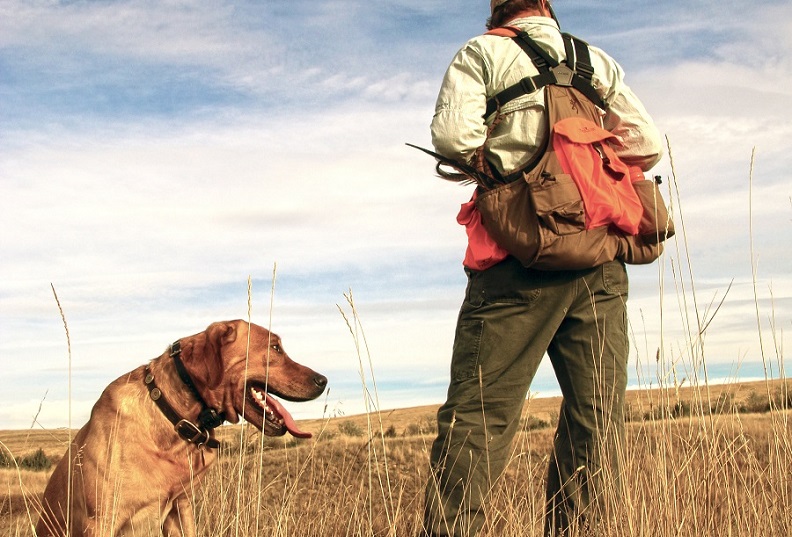.jpg.aspx)
The program also bolsters local economies. Minnesota Governor Dayton’s proposal for the Conservation Reserve Enhancement Program (CREP) III remains consistent with his pheasant restoration plan from September of this year, which recognized the $100 million pheasant hunters contribute to the Minnesota economy annually and the need to sustain, as well as increase, those fiscal numbers.
According to Minnesota upland game project leader Nicole Davros, over 95 percent of the land base in Minnesota’s pheasant range is privately owned. Therefore, any progress and success in conservation efforts is going to be with the help of private landowners. “All recent peaks in Minnesota’s pheasant population and hunting metrics—whether we look at annual August roadside survey indices, hunter numbers, pheasant stamp sales, or rooster harvest numbers—have coincided with peak CRP acres,” said Davros.
“For important game species like the ring-necked pheasant,” said Davros, “these increases also translate to more money towards conservation and local economies.”
In several parts of Nebraska, CRP is the only habitat. Adding CRP to the vast agricultural landscape of eastern Nebraska meant habitat for pheasants and quail where there was none prior to CRP, according to Nebraska agriculture program manager Eric Zach.
“CRP has been a boon to pheasant populations,” said Zach. “For instance, Wayne County at one point had over 30,000 acres of CRP. Pheasant populations soared and Wayne County was a destination for hunters. They packed the hotels and cafes, filled their trucks at the gas stations. In the last 10 years, however, the vast majority of those acres have gone back into production and pheasant populations have plummeted. It’s not hard to see how important those acres are to the pheasants and also the community.”
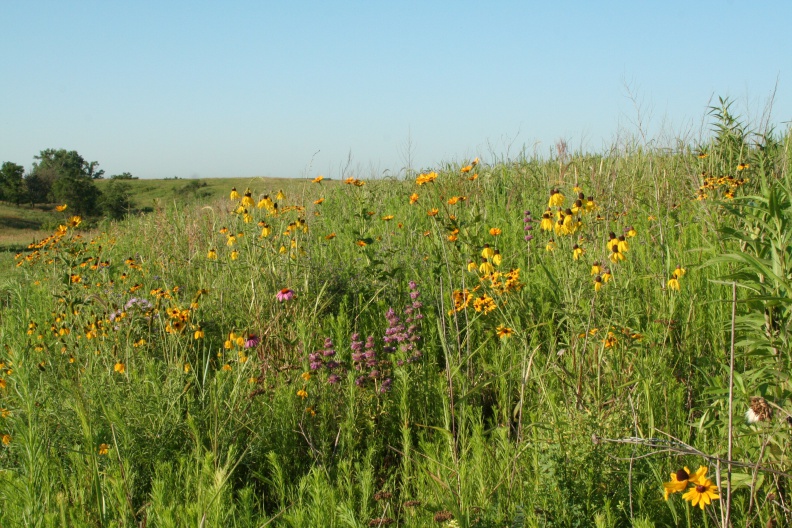
The reduction in the national CRP acreage cap from 32 million to 24 million acres by 2018 will likely keep enrollment below 1 million acres in South Dakota during the remainder of this Farm Bill cycle, according to South Dakota upland game biologist Travis Runia. “Current enrollment is 925,000 acres,” he said. “Over 1.5 million acres of CRP were enrolled in the state as recently as 2007, which also coincides with recent highs in pheasant abundance.”
“History has shown, both during the Soil Bank Era of the 1960s and for almost 20 years from the late 1980s to 2007, that there is a need for over 1.5 million acres of idled grassland,"
said South Dakota hunting access and Farm Bill coordinator Mark Norton. "There is room for CRP on every farm in South Dakota; whether it’s a buffer strip or a whole field, there will always be a place for CRP.”
Eric Johannsen and his family, who live in central South Dakota, have been part of CRP for over 20 years. Both a farmer and a rancher, Johannsen has worked with Pheasants Forever Farm Bill biologists, as well as his local NRCS and FSA offices, to determine what CRP practices best fit his needs. “We’ve never had huge acres of CRP,” he said, “but we’re utilizing the program extensively in different forms – Continuous CRP (CCRP), winter shelter belts – as tools in our operation. We look to see how we can utilize specific programs for pheasant habitat.”
“The future of CRP is looking at land that isn’t as productive, those five acres that can be better utilized, and how it plays in with a landowner’s operation."
explained Johannsen. The main point for our operation is doing the best we can with the resources we have – how to make the most productive land for present and future generations.”
For many landowners, CRP is a matter of compromise. “We shouldn’t forget, it also had the desired effect of leading to higher crop prices due to a reduction of cropland acres,” explained Zach, Nebraska agriculture program manager. “CRP should get more credit for helping the agriculture industry in the state rebound from the farm crisis of the 1980s. Say CRP to any landowner and most citizens, they know what you’re talking about. If it wasn’t a successful program, that recognition wouldn’t be there.”
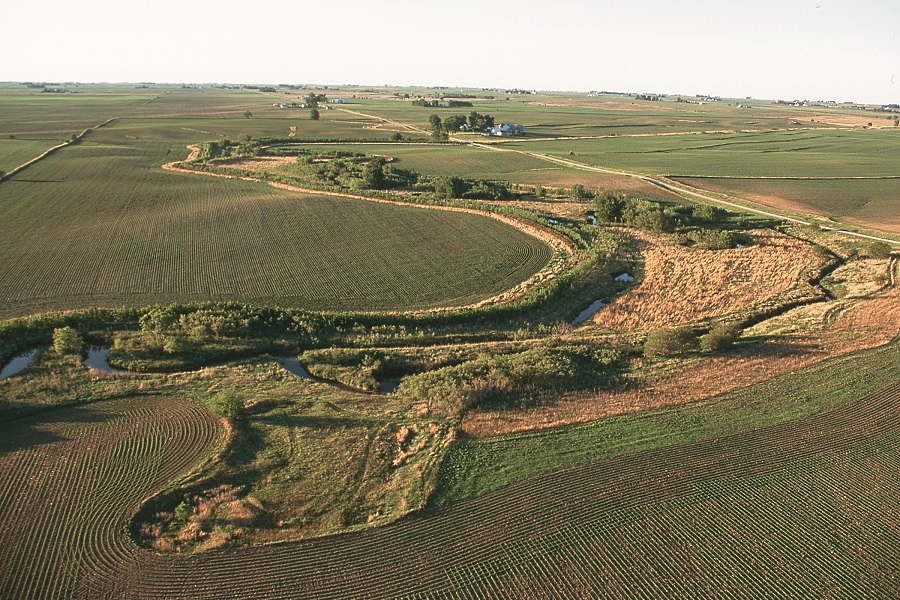(NRCS_Photo_Gallery).jpg.aspx)
David Barnick grew up pheasant hunting with his brothers and dad in the southwest portion of the North Dakota. “CRP fields were everywhere, and so were the pheasants,” he said. In an effort to immerse his four children in the sport, Barnick worked with his local Pheasants Forever representative, Rachel Bush, to determine what CRP practices would best fit his farming operation.
“Pheasant and wildlife populations have multiplied more than I hoped,” explained Barnick, who opted to put unproductive areas of his crop fields – spots where he was losing money annually – into CRP. “I’m ‘farming the best and conserving the rest.’ I have saved thousands of dollars by enrolling land in CRP.”
The USDA and FSA offer over 40 different CRP practices that are included in both general and Continuous signup perios. The program continues to evolve to meet the needs and concerns of farmers, ranchers, and landowners and remains relevant in various geographic regions. CCRP practices are particularly popular because they can be implemented at any time when acres are available for that specific practice, and often provide additional incentives.
The USDA is conducting a general signup for the longstanding Conservation Reserve Program (CRP) from December 1, 2015, through February 26, 2016. The general signup overlaps with CRP’s 30th anniversary, celebrating the most successful private lands conservation program in the country.
For more information on how to enroll in CRP or for a list of CRP practices and their benefits, contact your
local Pheasants Forever Farm Bill biologist or visit the
USDA’s website.
“If we need to adapt the program in the future or gain more acres,” said Inglis, Pheasants Forever’s governmental affairs director, “we need our nation's farmers, ranchers, and landowners to share success stories and tell how CRP benefits them, their land, and our communities.”
CRP is turning 30. Spread the good news. Share your stories: #CRPis30 #CRPworks
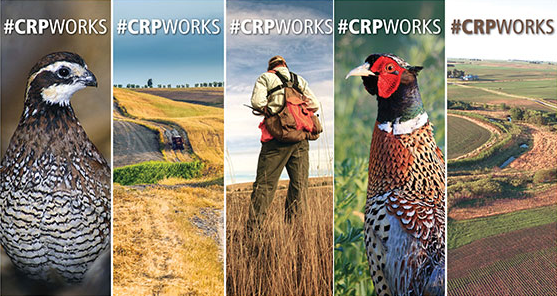 Story by Jack Hennessy. Jack is the author of the blog “Braising the Wild.” Follow him on Twitter @WildGameJack or on Facebook at Facebook.com/BraisingtheWild.
Story by Jack Hennessy. Jack is the author of the blog “Braising the Wild.” Follow him on Twitter @WildGameJack or on Facebook at Facebook.com/BraisingtheWild.
Photo Credits: Pete Berthelson, Pheasants Forever / Roger Hill / Logan Hinners, Pheasants Forever / NRCS Photo Gallery